EUREKA MEMORIALS, OLD BALLARAT CEMETERY
904 MACARTHUR STREET BALLARAT CENTRAL, BALLARAT CITY
-
Add to tour
You must log in to do that.
-
Share
-
Shortlist place
You must log in to do that.
- Download report
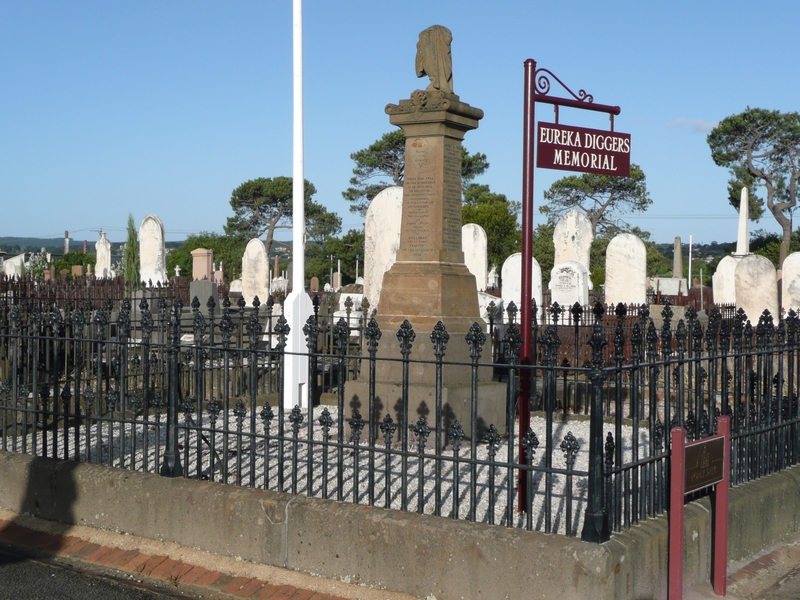

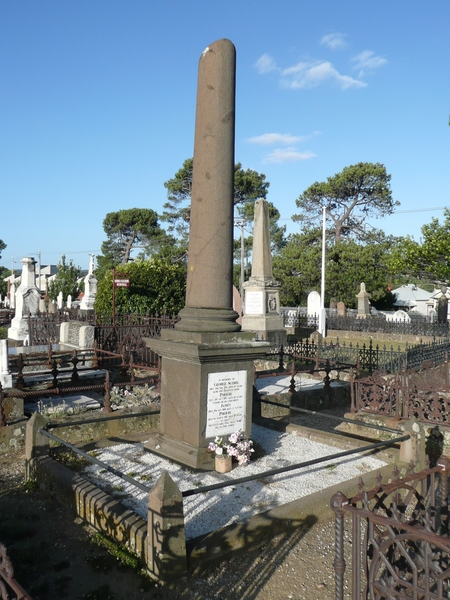
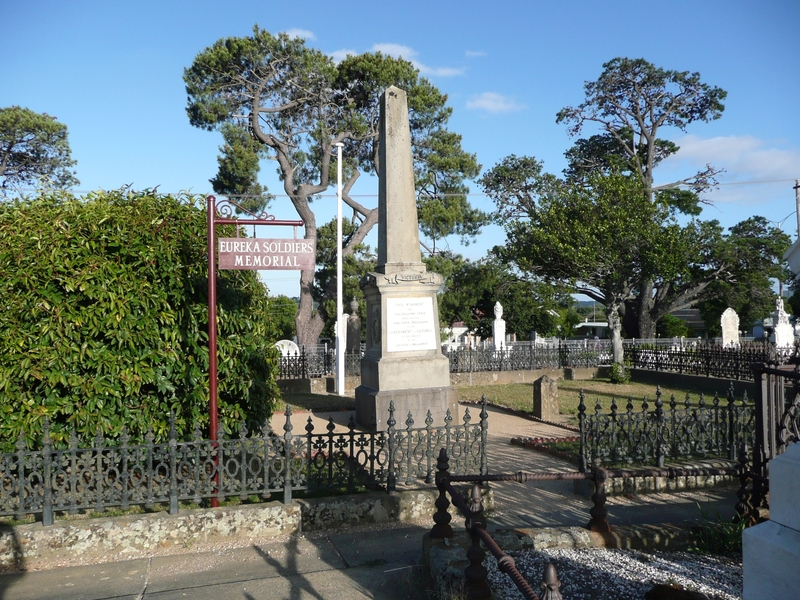
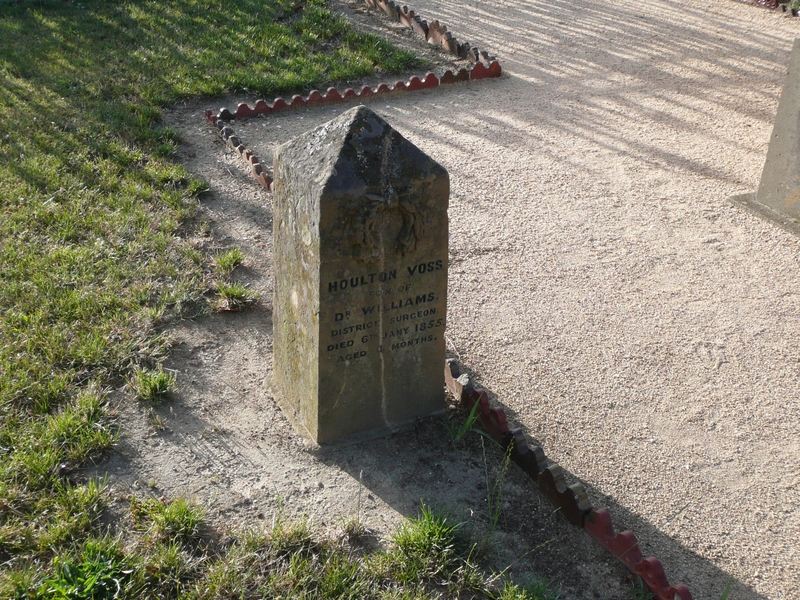
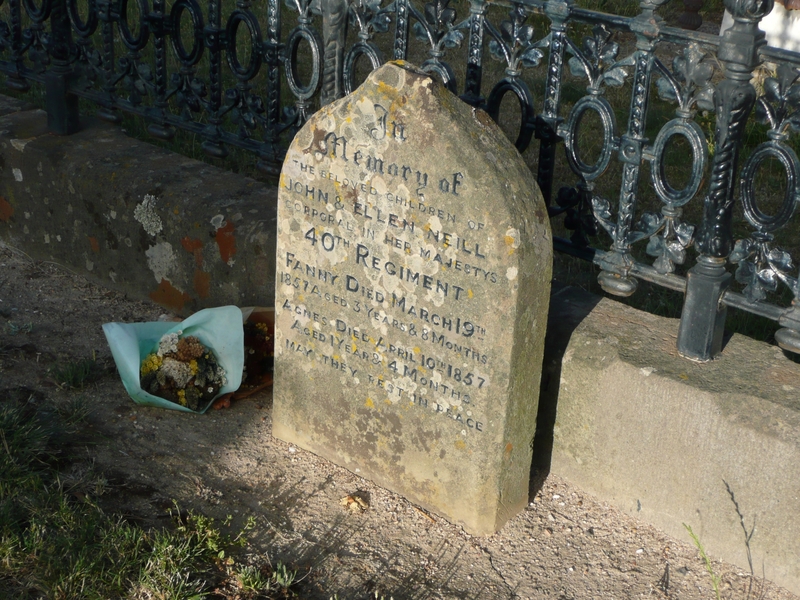
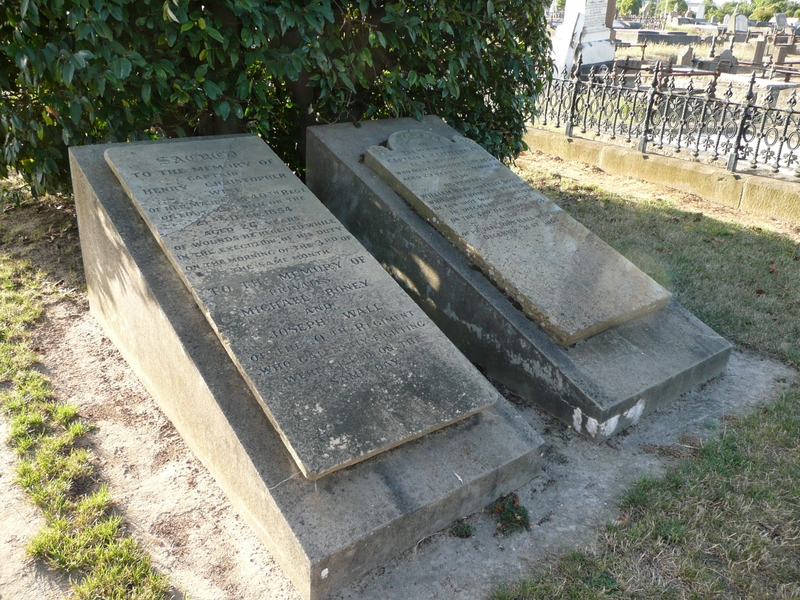
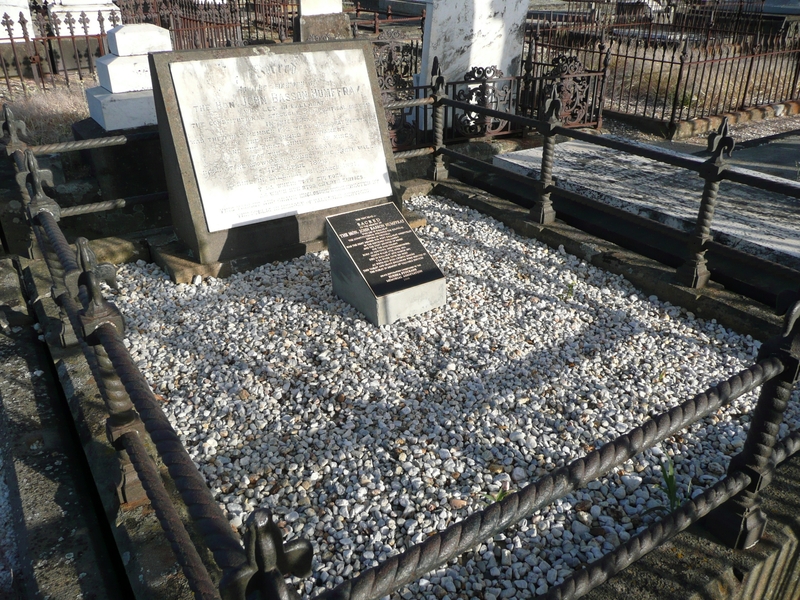
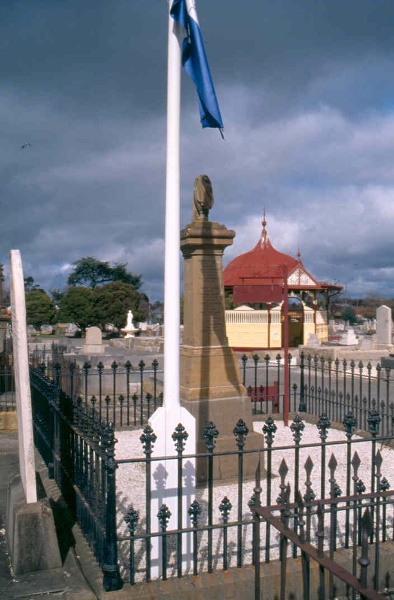
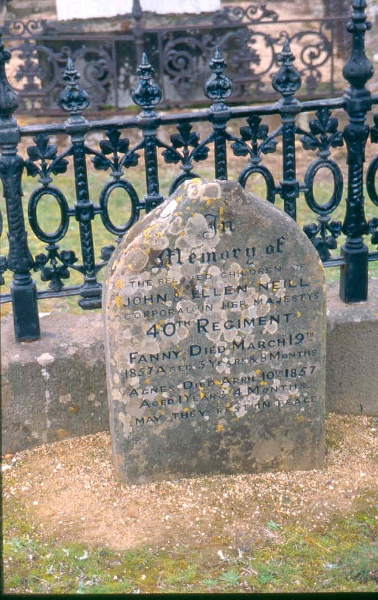
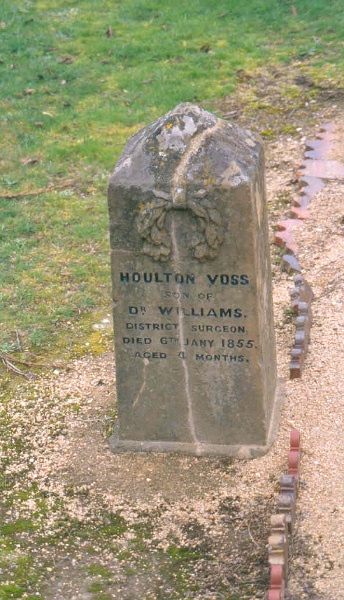
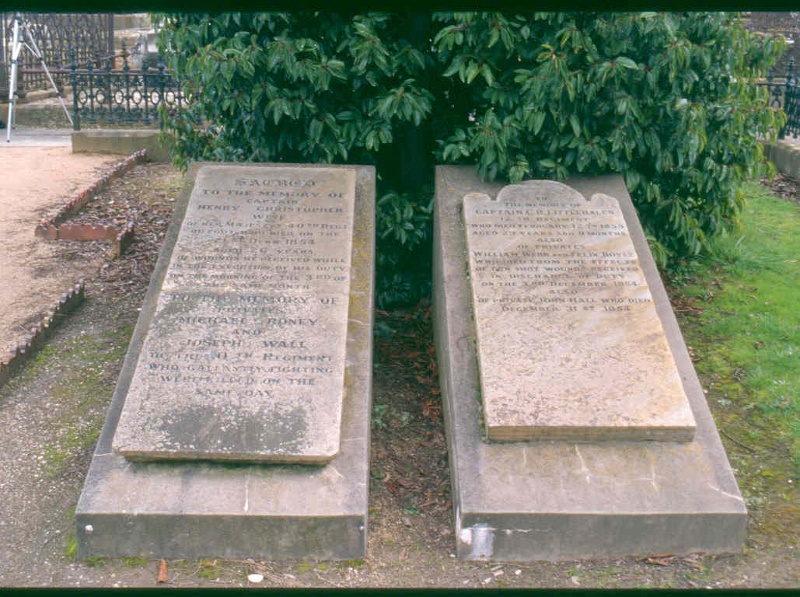
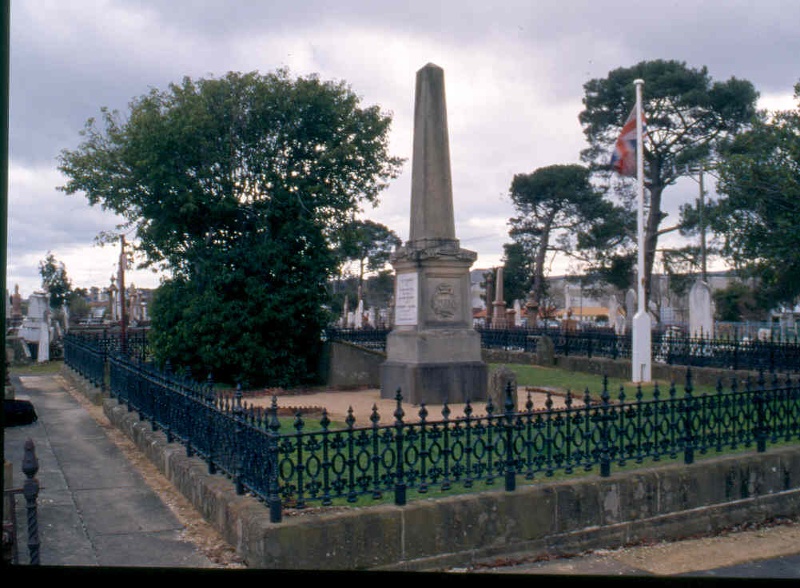
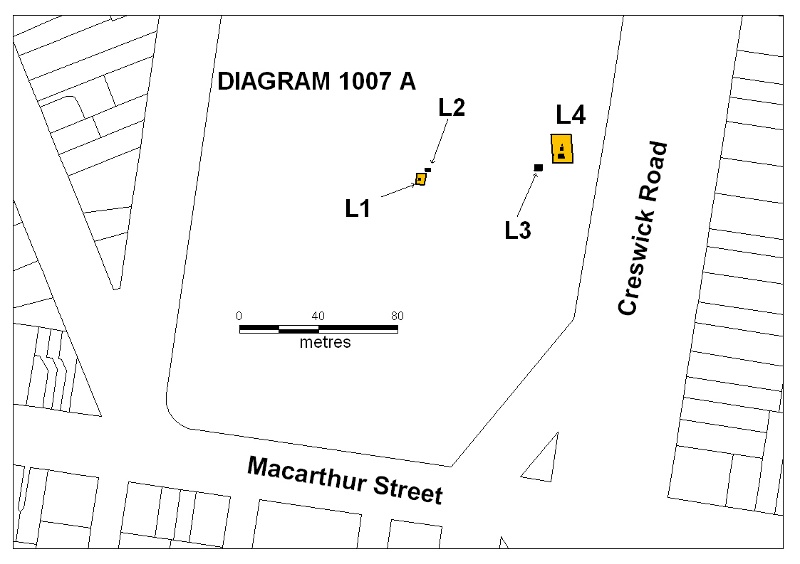
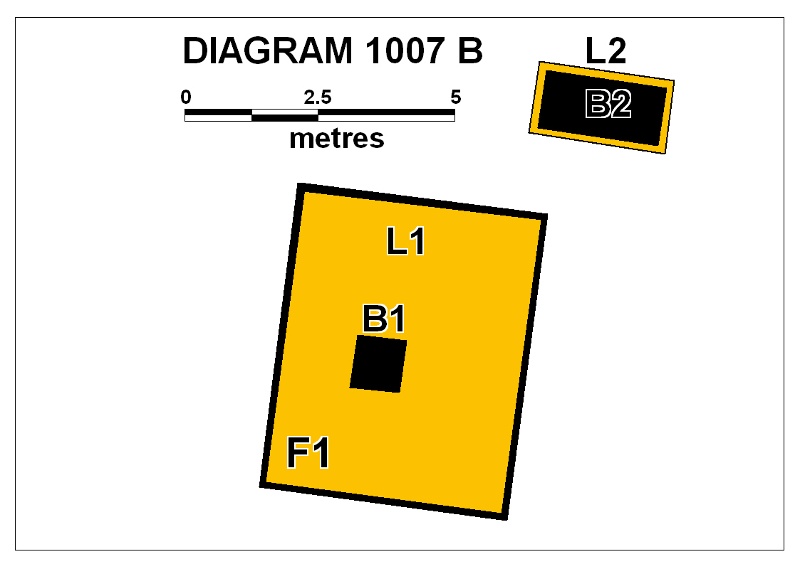
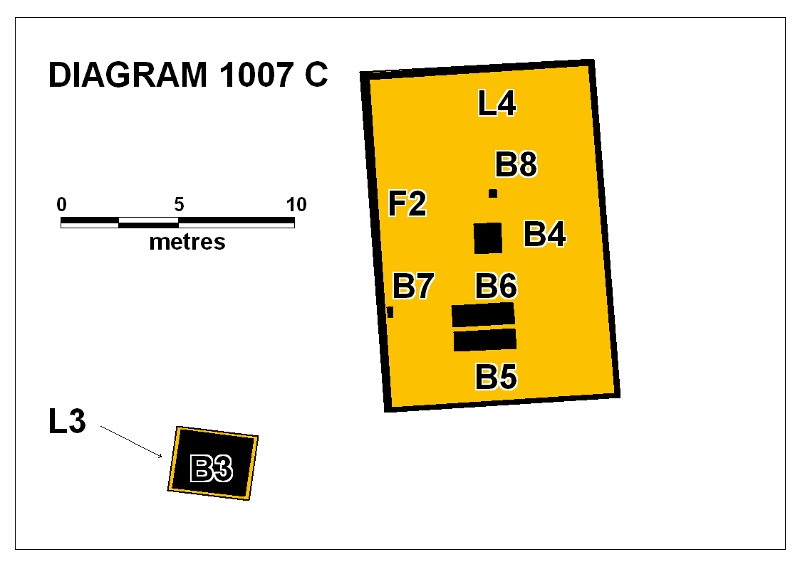
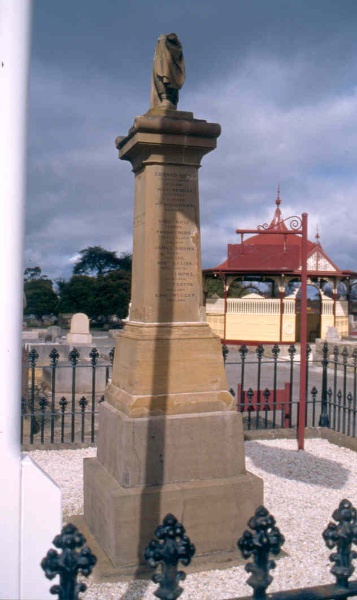
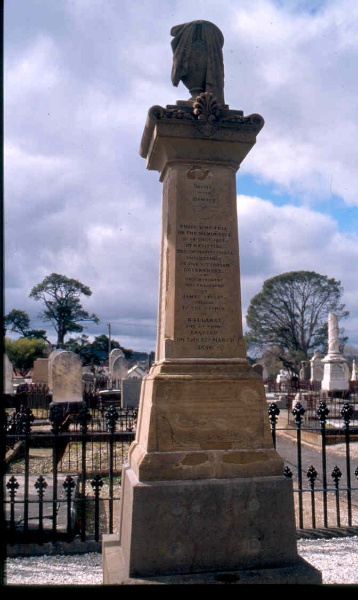
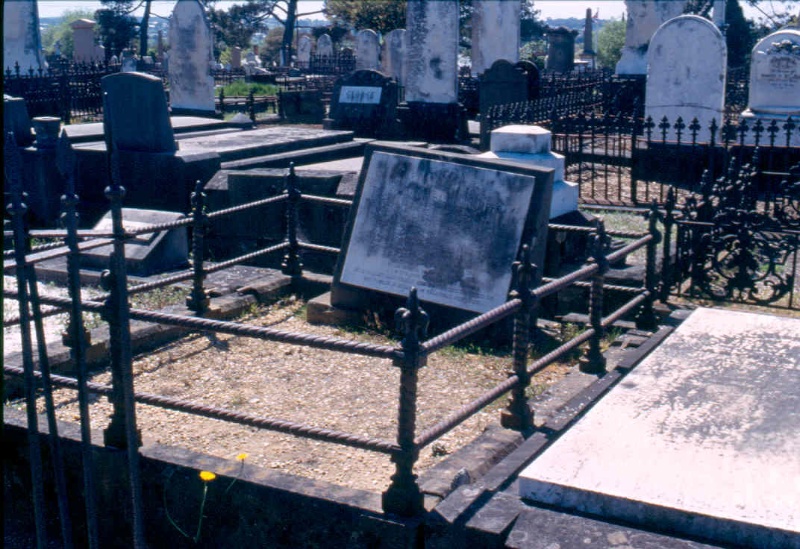
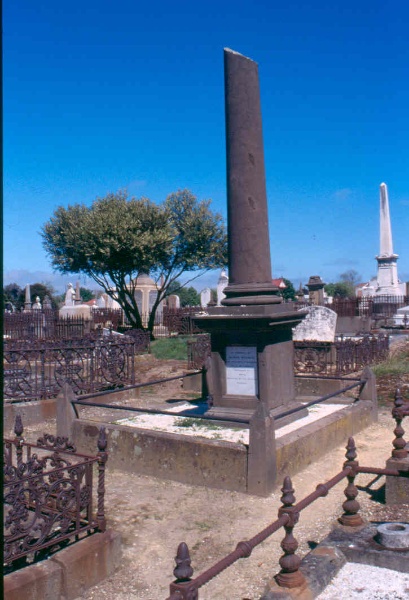
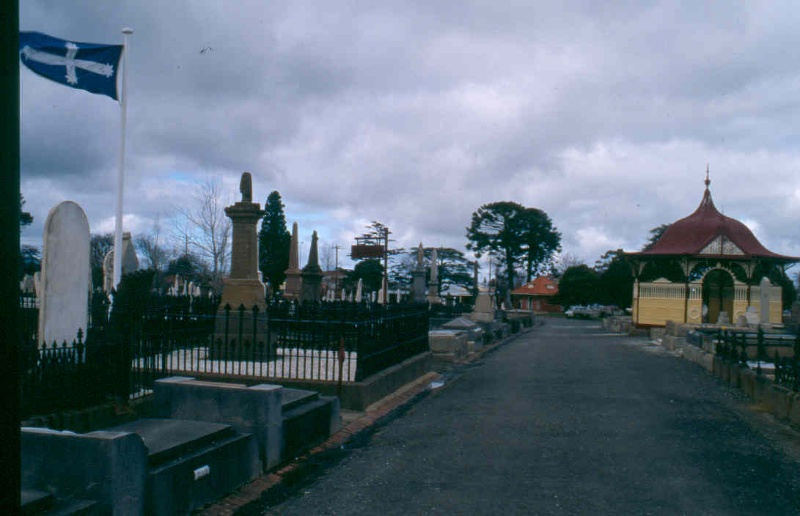


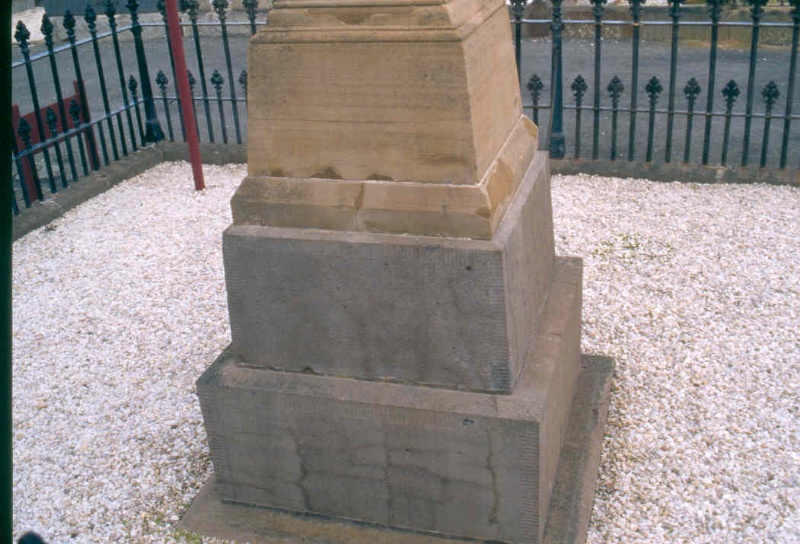

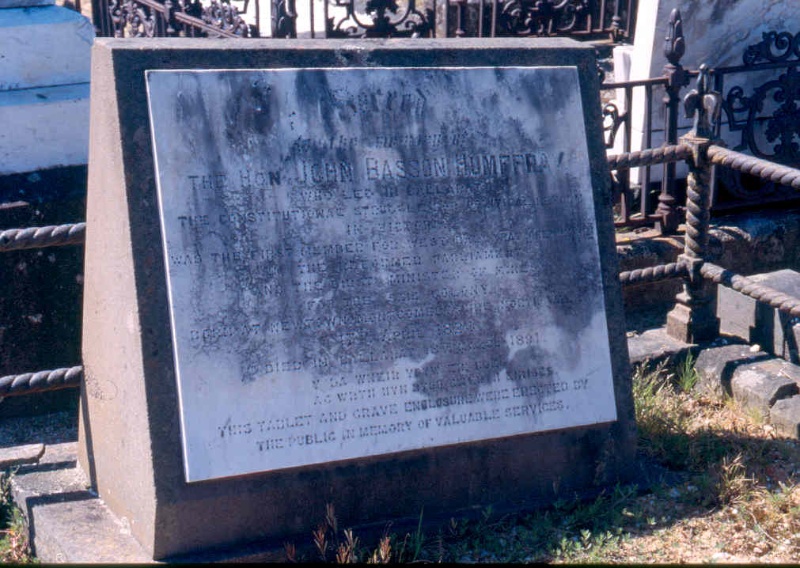
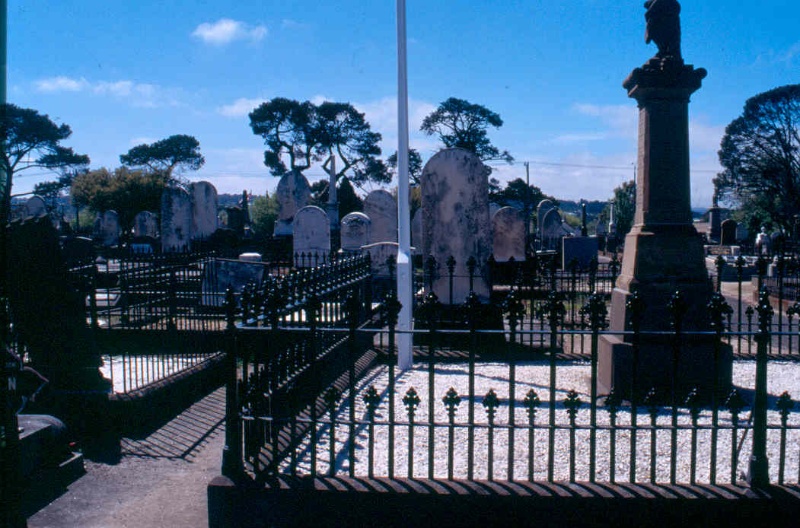


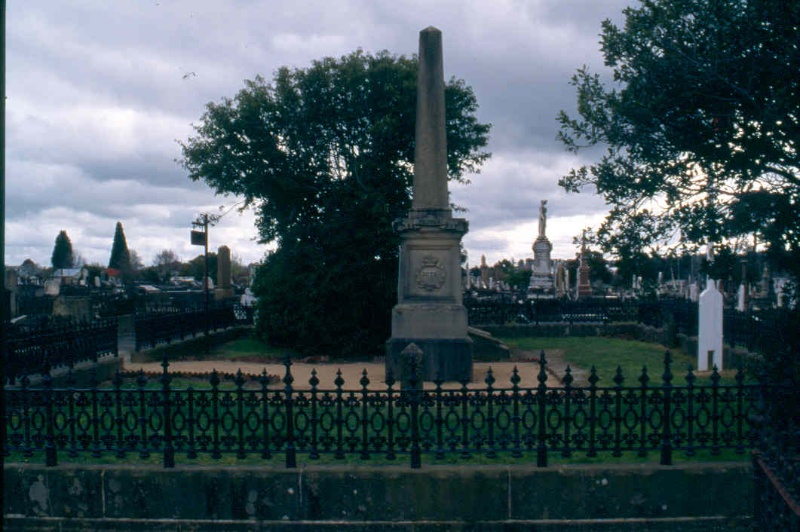
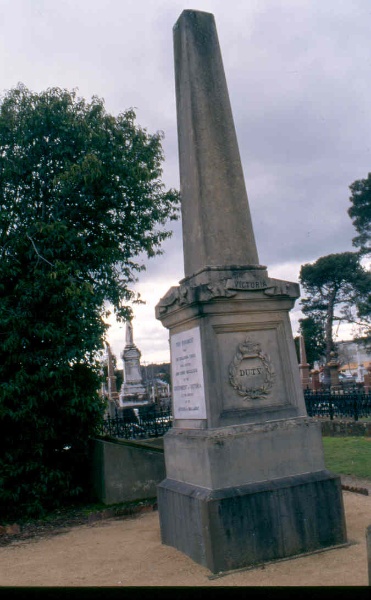
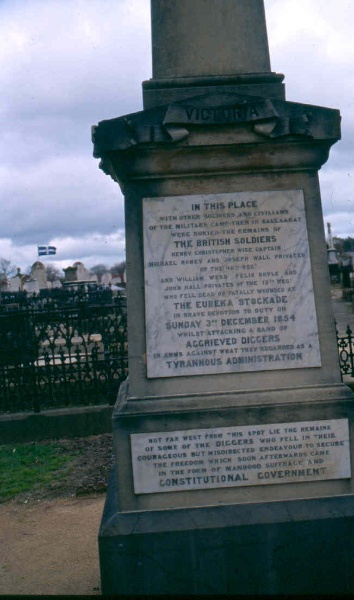
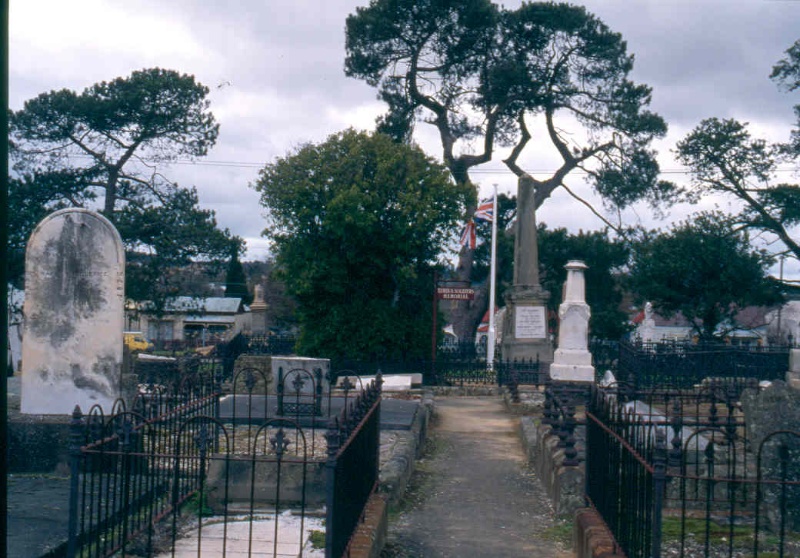
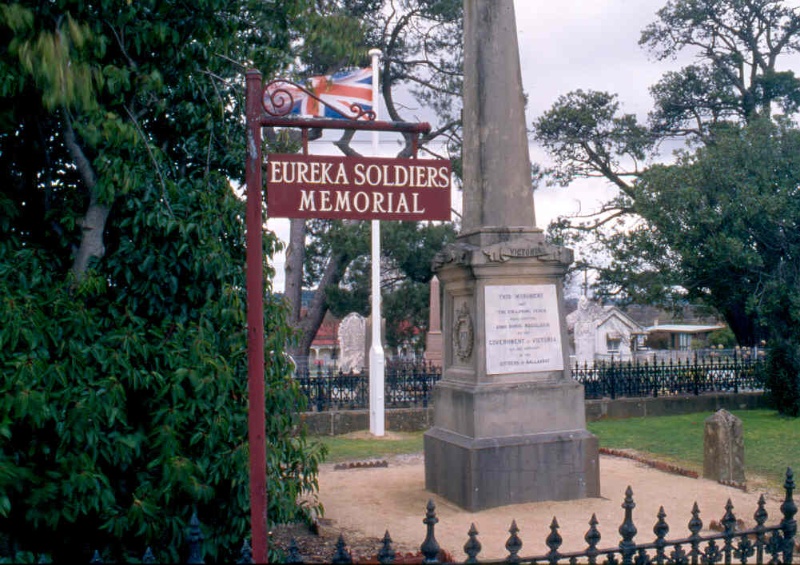
Statement of Significance
What is Significant?
The diggers' and soldiers' memorials were erected in the Ballarat Cemetery to commemorate those miners and members of the 40th and 12th Regiments who died as a result of the fighting at the Eureka Stockade on 3 December 1854. The diggers' memorial was built in 1856 and the soldiers' memorial in 1879 and, together with associated marked graves, they commemorate a significant event in Australian history. This confrontation between soldiers and miners occurred as a result of the injustices of the gold licence fees and the administration system imposed on the goldfields population by the government. The ensuing battle became legendary as a defining moment that shaped Australia's history. After the confrontation, many of the diggers were buried in a common grave and the military buried separately at Ballarat Cemetery.
The diggers' monument was a gift to the people of Ballarat from its sculptor, James Leggatt of Geelong. Constructed of Barrabool freestone, the monument consists of a square pillar containing the names of the deceased miners with a carving of a funerary urn draped in cloth on a scrolled plinth. The west face bears the following inscription: "Sacred to the memory of those who fell on the memorable 3rd of December, 1854, in resisting the unconstitutional proceedings of the Victorian Government. This monument was presented by James Leggatt, Geelong to the people of Ballarat and by them erected on the 22nd March, 1856." Below the pillar with the inscription is a figure of resignation. The other three faces have the names of the fallen diggers. The monument is surrounded by a cast iron fence on a bluestone plinth believed to have been erected in 1872.
The burial place for the soldiers had fallen into disrepair when in 1879 a number of Ballarat citizens requested that Member of Parliament William Collard Smith persuade the government to erect a monument. The monument is an obelisk of Waurn Ponds limestone on a bluestone base, which incorporates marble slab inserts on the east and west faces, with scrolls on each face carrying the word "Victoria" and on the north and south sides the word "Duty" was carved. Early Ballarat historian William B. Withers wrote the inscription. "In this place, with other soldiers and civilians of the military camp then in Ballarat, were buried the remains of the British soldiers who fell dead or fatally wounded at the Eureka Stockade, in brave devotion to duty, on Sunday, the 3rd day of December, 1854, whilst attacking a band of aggrieved diggers in arms against what they regarded as a tyrannous administration." The original draft read "insurgent" but was changed at the request of the Minister to "aggrieved". Beneath the inscription reads: "Not far west from this spot lie the remains of some of the diggers who fell in the courageous but misdirected endeavour to secure the freedom which soon after came in the form of manhood suffrage and constitutional government."
In 1879 a cast iron fence with bluestone base was also constructed around the memorial and the existing graves. The original gravestones were for seven soldiers who died as a result of the Eureka Stockade. One gravestone commemorates Captain Littlehale, Privates Webb, Boyle and Hall; the other memorialises Captain Wise, Privates Roney and Wall. There is another headstone for Fanny and Agnes Neill, children of Corporal John Neill of the 40th Regiment (died March and April 1857) and a headstone for Houlton Voss, infant son of Dr Williams, District Surgeon (died 6 January 1855).
Graves of two men associated with the Eureka uprising lie in the vicinity of these memorials: James Scobie and John Basson Humffray. The murder of digger James Scobie at Eureka on 7 October 1854, the subsequent conviction of hotelkeeper Bentley for manslaughter and the burning down of Bentley's hotel were dramatic overtures to the rebellion. Scobie's brother later erected a bluestone memorial to him. John Basson Humffray as Secretary of the Ballarat Reform League worked to bring miners' needs before the governor and public. He later represented Ballarat in the Legislative Council. He died on 18 March 1891 and at his own request, he was buried near the miners who fell at Eureka.
How is it significant?
The Eureka Memorials in the Old Ballarat Cemetery are of historical, social, architectural and aesthetic significance to the State of Victoria.
Why is it Significant?
The Eureka Memorials and the associated graves in the Old Ballarat Cemetery are of historical significance for their associations with the Eureka Stockade rebellion in Ballarat. This uprising is seen as a highly significant and defining event in the history of democracy in Australia. It had a profound impact on society at the time, encouraging drives for constitutional reform, and has become a legendary and heroic Australian symbol for democracy.
The Eureka Memorials are of social significance as a record of both diggers and soldiers who died as a result of the Eureka uprising. They provide the community with a commemorative focus of this significant national event.
The Eureka Memorials are of architectural and aesthetic importance as intact representative examples of early elaborate memorials to an important event in Australian history. They are important for their demonstration of skilled stonemasonry and detailing. The memorials are of aesthetic importance for their prominent position in the cemetery and in particular for their sculpted decoration, inscriptions and detailing.
-
-
EUREKA MEMORIALS, OLD BALLARAT CEMETERY - Permit Exemptions
General Exemptions:General exemptions apply to all places and objects included in the Victorian Heritage Register (VHR). General exemptions have been designed to allow everyday activities, maintenance and changes to your property, which don’t harm its cultural heritage significance, to proceed without the need to obtain approvals under the Heritage Act 2017.Places of worship: In some circumstances, you can alter a place of worship to accommodate religious practices without a permit, but you must notify the Executive Director of Heritage Victoria before you start the works or activities at least 20 business days before the works or activities are to commence.Subdivision/consolidation: Permit exemptions exist for some subdivisions and consolidations. If the subdivision or consolidation is in accordance with a planning permit granted under Part 4 of the Planning and Environment Act 1987 and the application for the planning permit was referred to the Executive Director of Heritage Victoria as a determining referral authority, a permit is not required.Specific exemptions may also apply to your registered place or object. If applicable, these are listed below. Specific exemptions are tailored to the conservation and management needs of an individual registered place or object and set out works and activities that are exempt from the requirements of a permit. Specific exemptions prevail if they conflict with general exemptions. Find out more about heritage permit exemptions here.Specific Exemptions:General Conditions: 1. All exempted alterations are to be planned and carried out in a manner which prevents damage to the fabric of the registered place or object. General Conditions: 2. Should it become apparent during further inspection or the carrying out of works that original or previously hidden or inaccessible details of the place or object are revealed which relate to the significance of the place or object, then the exemption covering such works shall cease and the Executive Director shall be notified as soon as possible. General Conditions: 3. If there is a conservation policy and plan approved by the Executive Director, all works shall be in accordance with it. Note: The existence of a Conservation Management Plan or a Heritage Action Plan endorsed by Heritage Victoria provides guidance for the management of the heritage values associated with the site. It may not be necessary to obtain a heritage permit for certain works specified in the management plan. General Conditions: 4. Nothing in this declaration prevents the Executive Director from amending or rescinding all or any of the permit exemptions. General Conditions: 5. Nothing in this declaration exempts owners or their agents from the responsibility to seek relevant planning or building permits from the responsible authorities where applicable. Minor Works : Note: Any Minor Works that in the opinion of the Executive Director will not adversely affect the heritage significance of the place may be exempt from the permit requirements of the Heritage Act. A person proposing to undertake minor works may submit a proposal to the Executive Director. If the Executive Director is satisfied that the proposed works will not adversely affect the heritage values of the site, the applicant may be exempted from the requirement to obtain a heritage permit. If an applicant is uncertain whether a heritage permit is required, it is recommended that the permits co-ordinator be contacted.
General:
* Minor repairs and general maintenance.* Emergency and safety works to secure the site and prevent damage and injury to property and the public.
Layout and landscape
* Repairs, conservation and maintenance to hard landscape elements, buildings and structures, ornaments, roads and paths, fences and gates, drainage and irrigation systems.* Maintenance of roads and paths and gutters to retain their existing layout.
* The process of gardening and maintenance to care for the cemetery landscape, planting themes, bulbs, shrubs, and trees and removal of dead plants.
* Management of plants in accordance with Australian Standard, Pruning of amenity trees AS 4373.
* Removal of vegetation to maintain fire safety and to protect monuments, paths, registered buildings and structures.
* Removal of plants listed as noxious weeds in the Catchment and Land Protection Act 1994.
* Replanting to retain the existing landscape character.
EUREKA MEMORIALS, OLD BALLARAT CEMETERY - Permit Exemption Policy
The primary significance of the Eureka Memorials is their historical and social associations with the Eureka Stockade rebellion. They also have significance as early intact memorials. The purpose of the permit exemptions is to allow works that do not impact on the significance of the memorials to occur without the need for a permit. Minor works and general maintenance within the registered extent of land are permit exempt. Any conservation works to the memorials and cast iron fences will be subject to permit applications. The erection of any additional structures within the curtilage of registered land for the Diggers’ and Soldiers’ Memorials would be subject to permit applications.
-
-
-
-
-
North View Villa
 National Trust
National Trust -
St John Of God Hospital
 National Trust
National Trust -
Chinese Funeral Oven
 National Trust
National Trust
-
'Altona' Homestead (Formerly 'Laverton' Homestead) and Logan Reserve
 Hobsons Bay City
Hobsons Bay City
-
-












